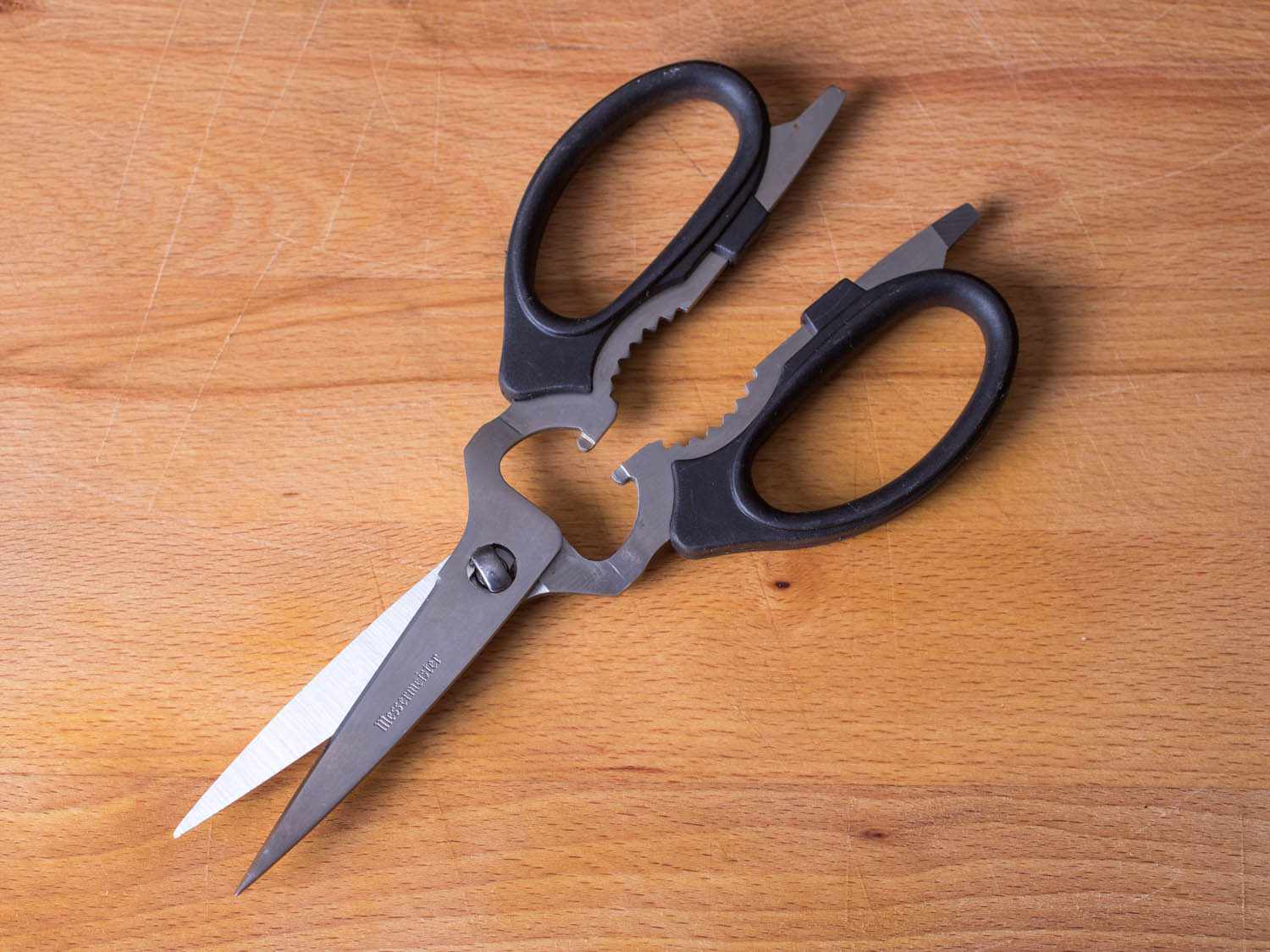
Scissors have a long history and have been an essential tool for humans for thousands of years. The earliest evidence of scissors dates back to ancient Egypt around 1500 BCE. These early scissors were made from bronze and consisted of two blades connected at a pivot point. They were primarily used for cutting hair and textiles.
Archaeological excavations in Egypt have unearthed the oldest known scissors. These ancient scissors were made of bronze and featured a design similar to modern scissors, with two blades connected by a pivot. They were found in tombs and are believed to have been used for personal grooming and crafts.
The term “scissors” originated from the Latin word “cisoria,” which means “cutting instrument.” The word gradually evolved over time, passing through Old French as “cisoires” and Middle English as “sisoures” before becoming “scissors” in modern English. The term accurately reflects the purpose and function of this tool.
Sheffield, a city in England, has a rich history of steel production and cutlery manufacturing. In the 18th century, Sheffield became known for producing high-quality scissors on a large scale. Skilled craftsmen in the region developed advanced techniques for producing scissors, which contributed to their mass production and widespread availability.
Scissors were not widely accessible during the Middle Ages, and they were considered a luxury item primarily used by the wealthy. These scissors were often intricately decorated and adorned with precious materials, such as silver or gold plating, gemstones, or elaborate engravings. The design of the handles became a symbol of social status and craftsmanship.
The concept of cross-bladed scissors, where the blades cross over each other when closed, is widely attributed to the Romans. They are believed to have brought this innovation to Europe, introducing a more efficient design compared to the simpler scissor-like tools used in earlier civilizations. The Roman scissors featured two sharpened blades connected by a pivot, allowing for more precise cutting.
Robert Hinchliffe, an English manufacturer, was granted the first known patent for scissors in 1761. His patent covered a design improvement in the construction of scissors, particularly focusing on the shape and positioning of the blades and the mechanism for opening and closing them. This marked an important milestone in the development and standardization of scissor designs.
Scissors have been essential tools in the fields of tailoring and dressmaking throughout history. These professions heavily rely on precise cutting of fabrics, patterns, and threads. Scissors designed specifically for these industries often feature longer blades and sharper points to facilitate accurate and intricate cutting, ensuring precise fitting and seamless garment construction.
Leonardo da Vinci, renowned for his artistic and scientific contributions, also delved into the realm of engineering and design. He is credited with creating a design for scissors that closely resembles the modern-day scissors we use today. His design featured two blades with elongated handles and a pivoting mechanism, demonstrating his visionary thinking and innovative approach.
The Wiss Manufacturing Company, founded by Jacob Wiss in New Jersey, played a significant role in the industrialization of scissor production. In 1887, they introduced the first pair of industrial scissors, utilizing advanced manufacturing techniques and machinery to increase production capacity and efficiency. This marked a significant advancement in the mass production of scissors, making them more readily available to consumers worldwide.
In Japan, the art of paper cutting is known as “kirigami,” and traditional scissors called “nigiri-basami” have been used for centuries in this practice. Nigiri-basami scissors have a unique design with a long handle and short blades, allowing for intricate and delicate paper cutting. They are highly valued by artisans and are used to create beautiful and intricate paper crafts.
The Fiskars company, a Finnish brand known for its innovative products, made a significant impact on the scissor industry in 1949. They introduced the first scissors with plastic handles, which revolutionized the scissor manufacturing process. Plastic handles provided a lightweight, comfortable grip and made scissors more affordable and widely accessible to a broader range of users.
In 2019, West Yorkshire, England, became the home of the world’s largest pair of scissors. This colossal pair of scissors measured over 15 feet in length and served as a symbol of the region’s heritage in scissor manufacturing. The giant scissors were unveiled as part of an art installation and celebrated the rich history and craftsmanship associated with the local scissor industry.
Scissors are versatile tools and find applications in numerous professions and hobbies. They are essential in hairdressing for cutting and styling hair, in cooking for trimming ingredients and opening packages, in gardening for pruning plants and flowers, and in crafting for cutting various materials such as paper, fabric, and leather. The adaptability of scissors makes them indispensable in many fields.
The basic structure of a pair of scissors consists of two sharpened blades connected at a pivot point. The blades are typically made of steel and have sharp edges for cutting. The pivot point, often referred to as the fulcrum, allows the blades to open and close smoothly, enabling precise cutting action. This simple yet effective design has stood the test of time and remains the foundation of scissors today.
The pivot point of scissors, where the blades are connected and allowed to open and close, is called the “fulcrum.” It acts as the central point of rotation, enabling the smooth movement of the blades during cutting. The design and placement of the fulcrum affect the ergonomics and functionality of the scissors, influencing factors such as cutting precision and user comfort.
Scissors come in a wide range of sizes, each tailored to specific tasks. Nail scissors are typically small and compact, designed for trimming nails with precision. General-purpose household scissors are medium-sized and suitable for a variety of cutting tasks. Larger scissors, such as fabric shears, are specifically designed for cutting fabric and feature longer blades for smooth, clean cuts. The size of scissors is chosen based on the intended application.
In ancient China, scissors held symbolic value and were associated with wealth and prosperity. They were often given as wedding gifts, representing good luck and the hope for a prosperous future. Scissors were intricately decorated with auspicious motifs and were considered highly valuable and treasured possessions.
The Guinness World Record for the most haircuts performed by a single pair of scissors within 24 hours stands at 371 haircuts. This remarkable achievement was accomplished by a hairdresser named Deepak Sharma in India in 2018. It showcases the endurance and skill required in the hairdressing profession.
The largest known collection of scissors belongs to Gisela Bleibtreu, a German collector who has amassed an impressive collection of over 7,000 pairs of scissors. Gisela’s collection includes scissors from various time periods, regions, and uses, demonstrating the diversity and historical significance of this versatile tool.
The handles of modern scissors often feature an X-shaped design, which is commonly referred to as “bow handles.” This design allows for comfortable grip and control while using the scissors. The bow handles provide a natural hand position and distribute pressure evenly, reducing fatigue during prolonged use.
Some scissors feature a serrated edge, known as a “micro-serration,” along the blades. The micro-serration consists of small, fine teeth-like indentations, which provide improved grip and control while cutting various materials. This serrated edge is particularly useful when cutting slippery or thick materials, preventing them from slipping during the cutting process.
The invention and widespread use of stainless steel in the early 20th century had a transformative impact on scissor manufacturing. Stainless steel blades are highly resistant to corrosion and staining, ensuring that scissors remain sharp and functional for extended periods. This advancement in material technology greatly improved the durability and longevity of scissors.
Left-handed scissors are specifically designed for individuals who are left-handed. The blades of left-handed scissors are oriented in the opposite direction compared to right-handed scissors. This reversed blade orientation allows left-handed users to have a clear line of sight while cutting and enables more comfortable and efficient use.
Despite the passage of time, scissors have retained their fundamental design and functionality, showcasing their timeless effectiveness. The basic concept of two sharpened blades connected at a pivot remains the foundation of scissors. This consistency speaks to the efficiency and versatility of scissors, as they continue to be indispensable tools in a wide range of applications and professions.









